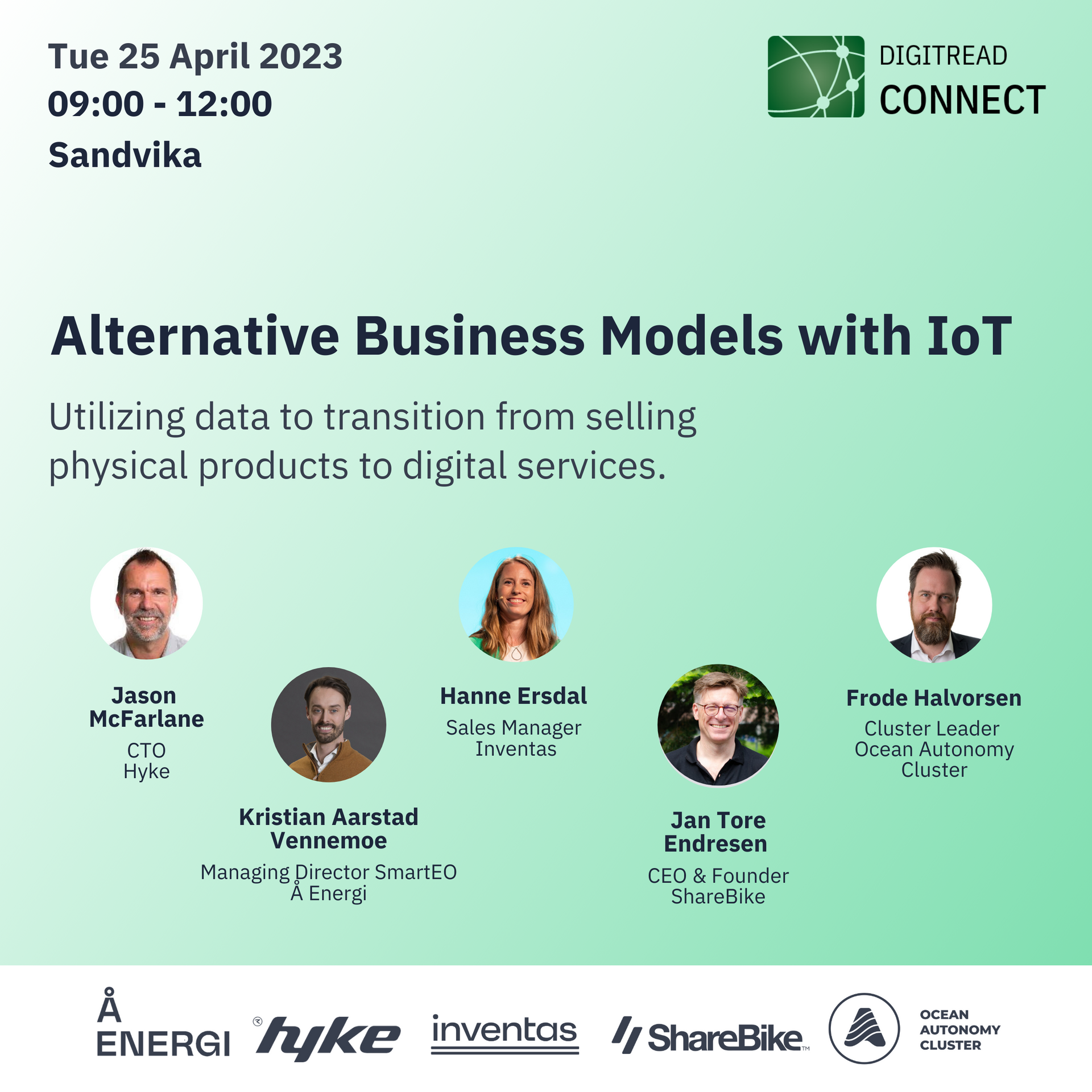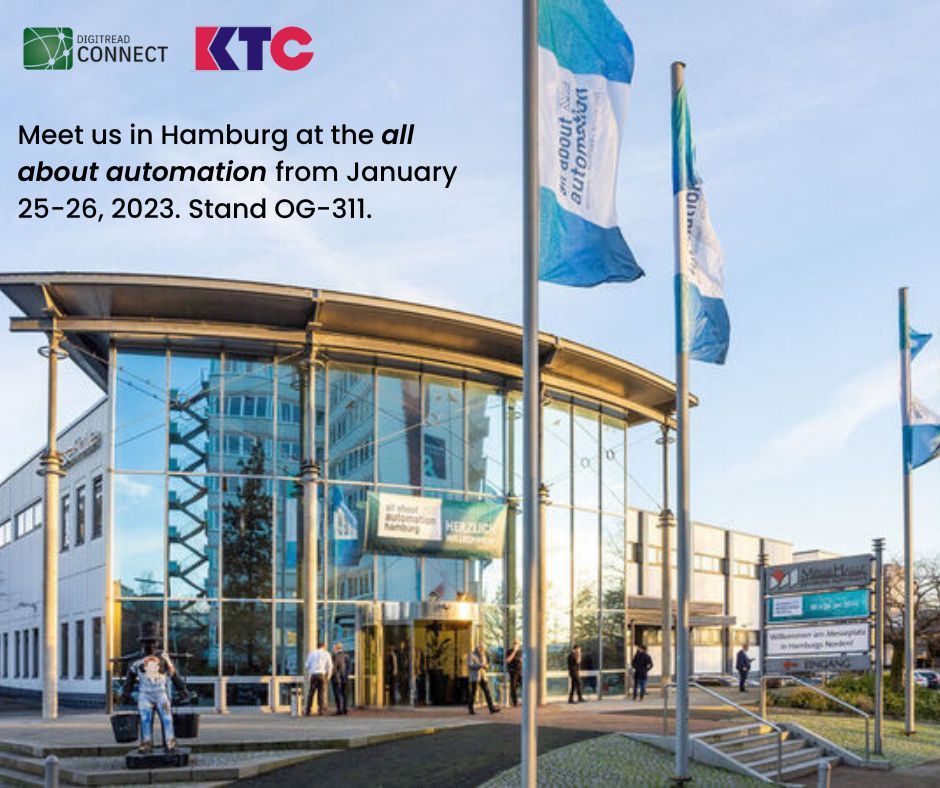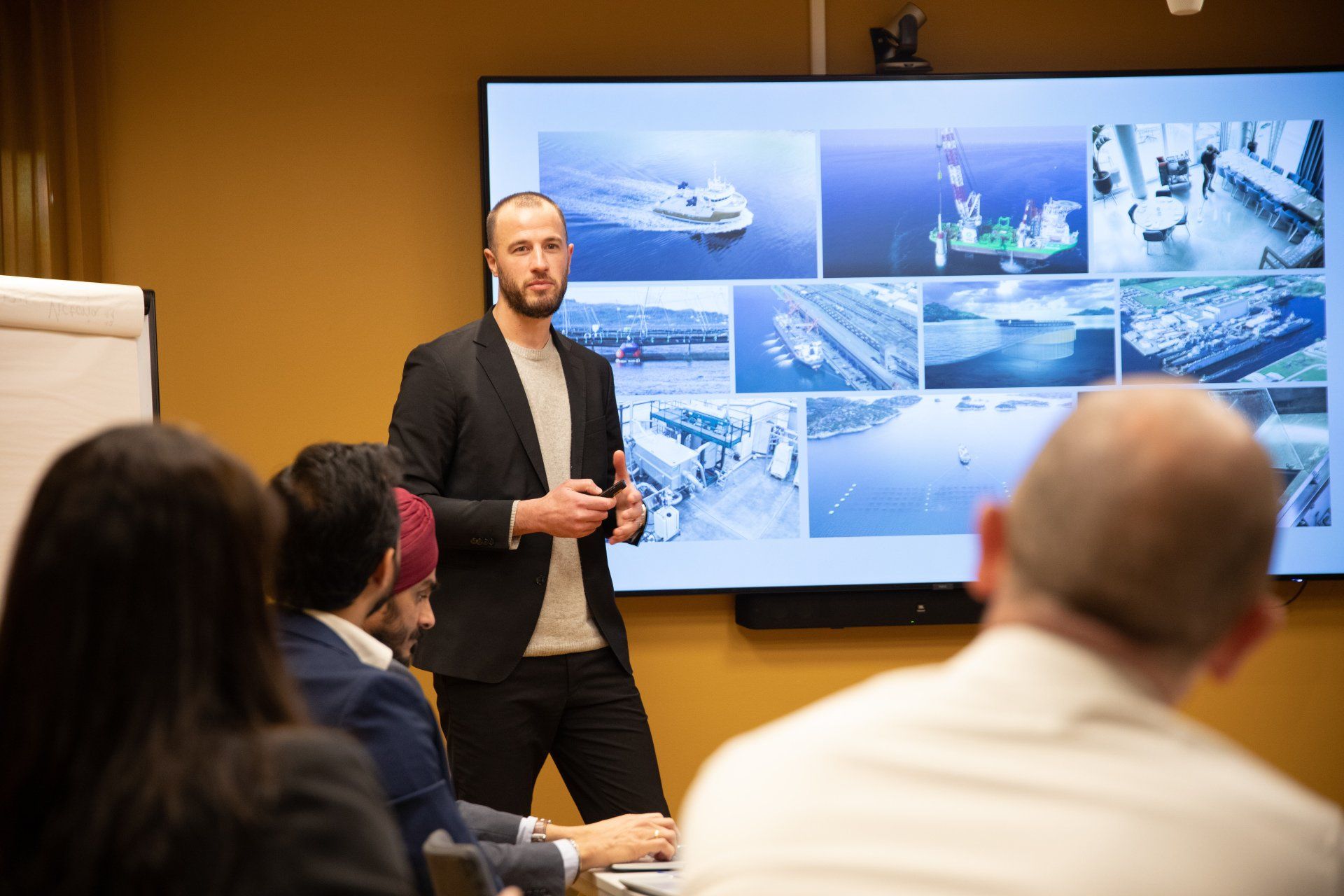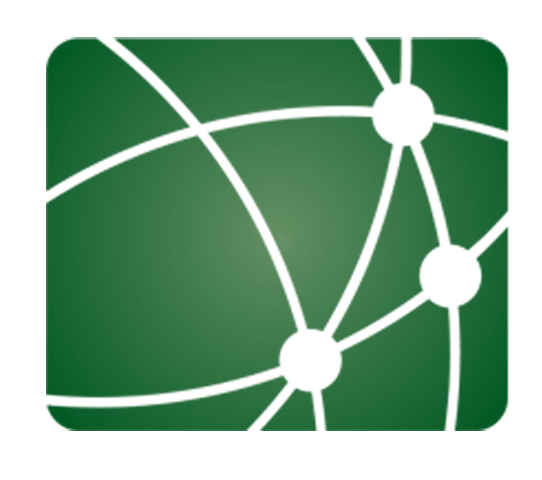How your business should tackle digitalization
How your business should tackle digitalization
In short: You need to discover the solution space before you can design the solution!
In this post, digitalization will be referred to as the convergence of the physical world with the digital world through widespread technologies such as (Industrial) Internet of Things (IoT), data analytics, machine learning (ML), artificial intelligence (AI), smart devices, sensors, and platforms.
The two main reasons for a company to investigate this kind of digitalization are either to create new digital products or in some way utilize the product connectivity to for example increase service revenue or customer satisfaction. The solution space for digitalization is huge and are evolving rapidly which makes it a problem to know where to start.
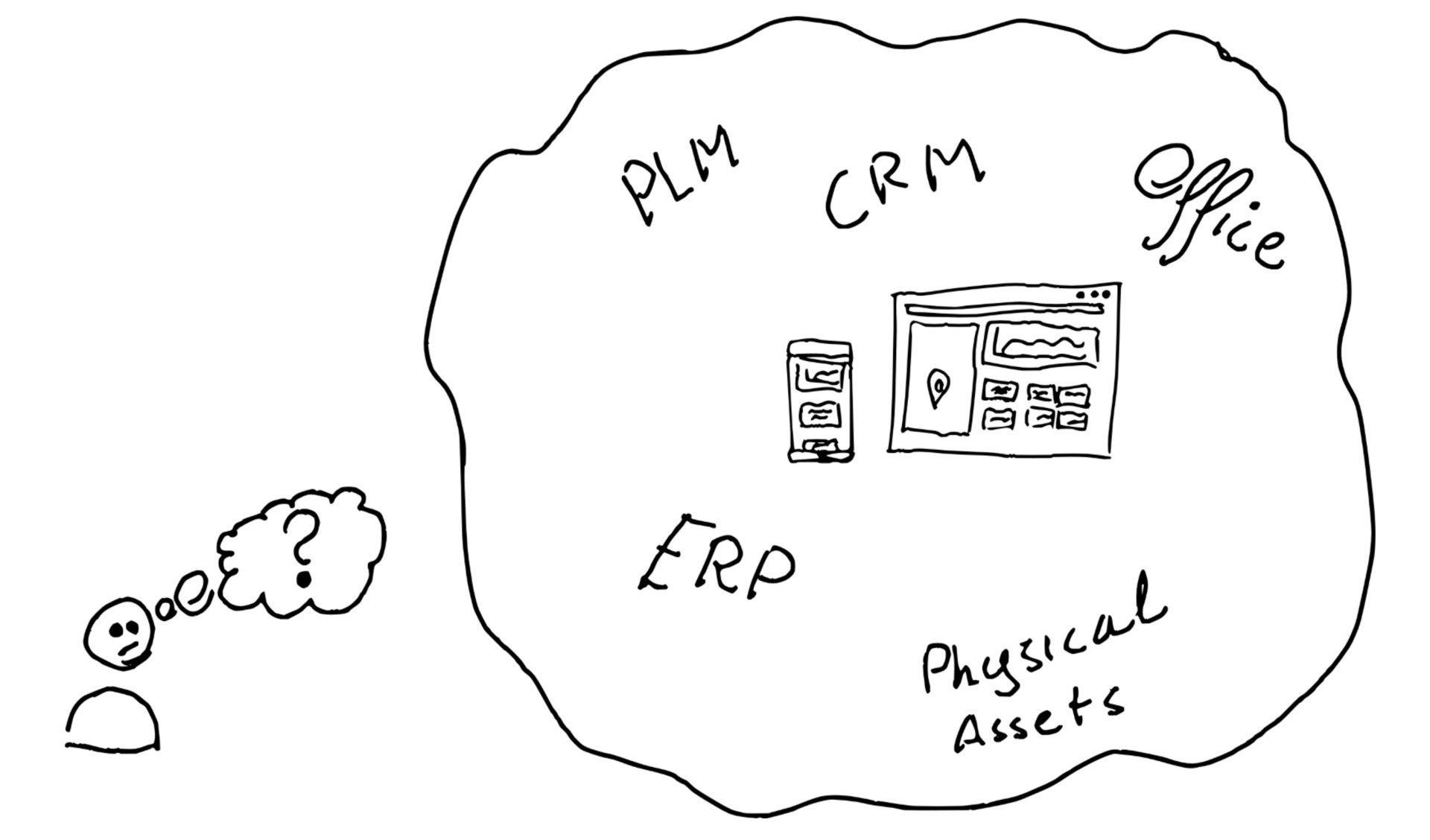
The solution space can be huge, and it will grow the more you learn about the possibilities
Software development in 5 steps
How can you define how a solution would look, feel, and work if you don’t have in-depth knowledge about the solution space? The only ones that have enough knowledge about your business is you, which makes it difficult for external consultants (or even internal IT resources) to create a solution for you.
Compounding this, a digital solution needs to work for a wide range of users which makes it even more fuzzy. This problem is not solved by a traditional project approach. How can you define the requirements for a solution if you don’t have a good understanding of the solution space? And how can a supplier understand the requirements without enough knowledge about your business or domain?
One thing that I have experienced working with requirements are that often the requirements will be misunderstood, or they are wrong from the get-go (at least in relation to software development). But fear not! There already exist a lot of other, better methods for sharing your needs. In short, they all
focus on a high level of cooperation between you and the people that will create the solution for you. I will now present my five steps from an idea to an application.
- Your problem/pain-point/challenge. You might already have several ideas and thoughts of what you want to improve through digitalization, but try to boil it down to one aspect. Here are some examples:
- Unforeseen maintenance on physical assets
- Sharing of data requires manual processes through for example excel
- Difficult to share data between sites
- Manual processes with pen and paper
- Visual Workshop. With point 1 as a basis, we can start to look at how this can be improved through a custom application. I like to have a “visual” workshop, where we together try to draw your problem. My goal with this session is to form an understanding of the problem
- Refining the input. After (hopefully) getting a good understanding of the challenge, I will create a couple of slides where I express your problem and how I envision how a solution might look. I can then present this to you for a final verification and we agree on the scope for a Minimum Viable Product (MVP)
- MVP development and testing. An MVP must not be confused with a prototype or Proof of Concept (PoC) as the goal of an MVP is to be an application with the minimum number of functions available, but still address the problem at hand. The goal is to get this in the hand of the end-users as quickly as possible, and this is where the fun starts.
- Gathering feedback. I have seen time after time that it is when users start to test the application you start to find the real needs and requirements. It is really important to keep the time from when development starts, to when users can start to test as short as possible. This will reduce the risk of misunderstandings and wasted development time.
The goal of my five steps is to give the stakeholders and end-users something to test with as fast as possible, and to keep the development iterations short. It should be easy to pivot if we see that the development is heading in the wrong direction. The most important thing is to start! It is impossible to get everything right in the first iteration, so why waste time (and money) in this phase?



